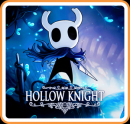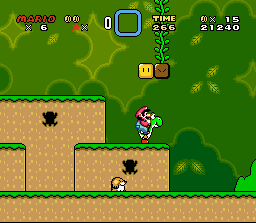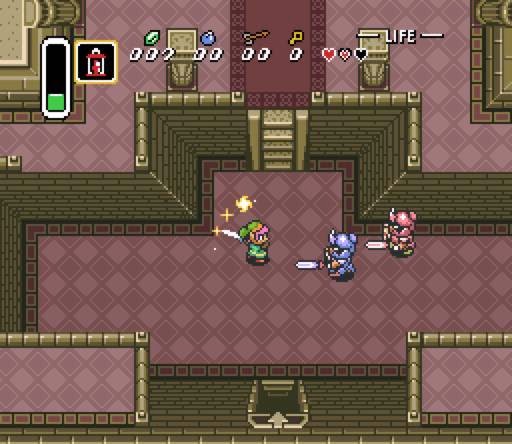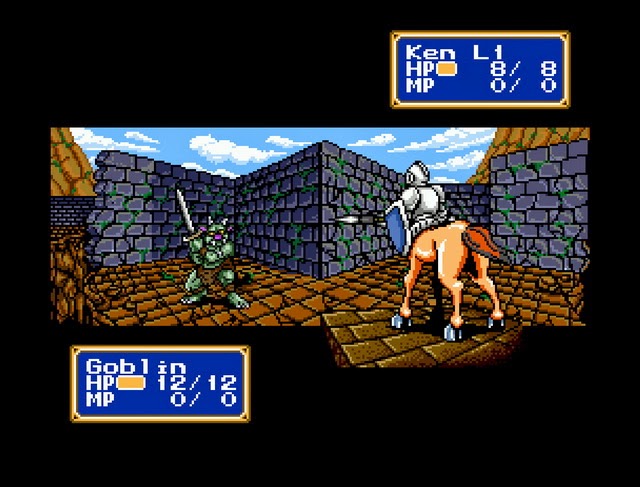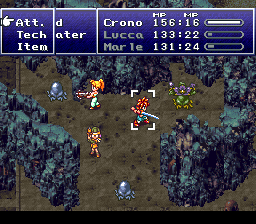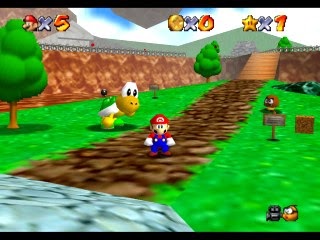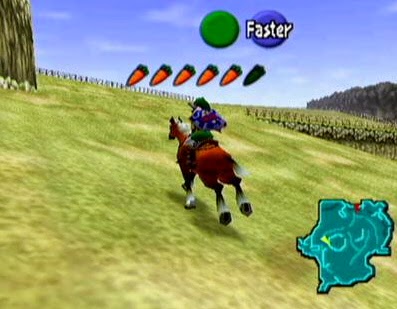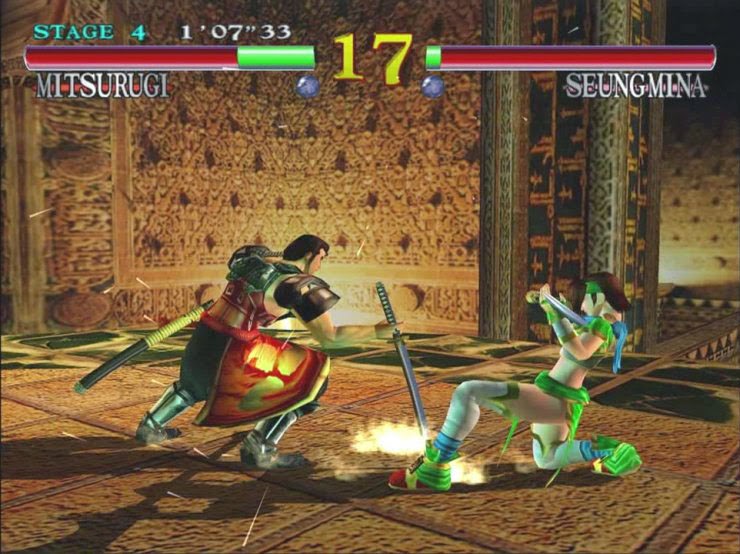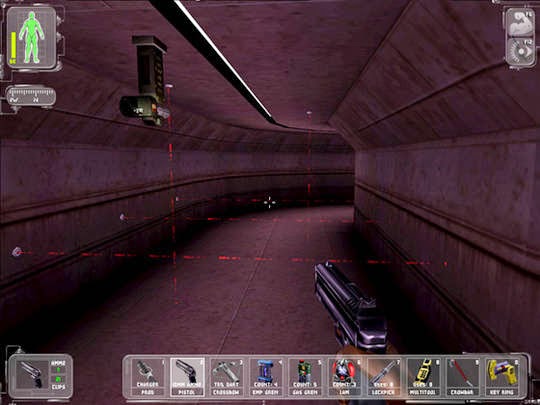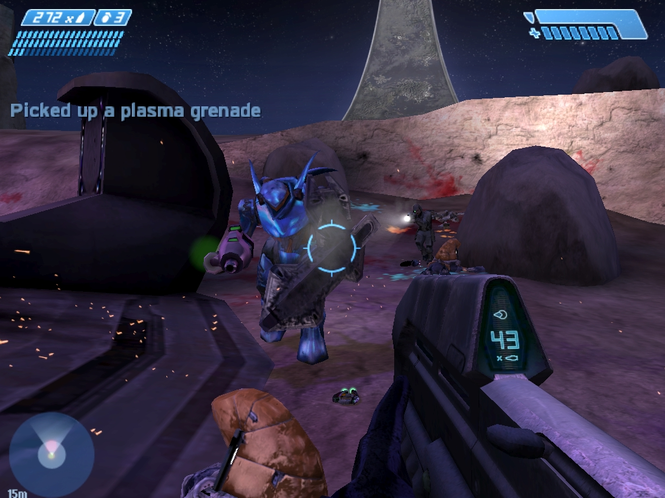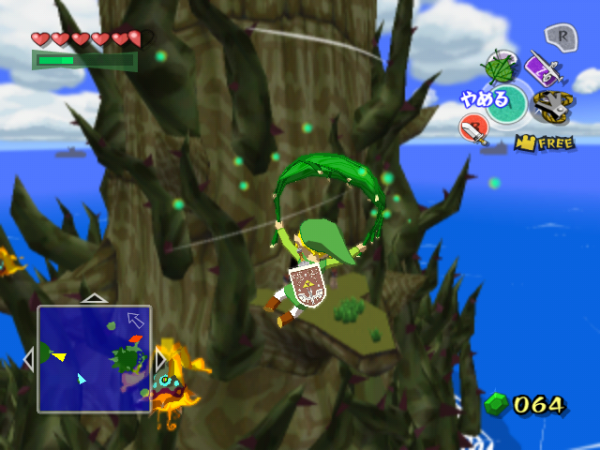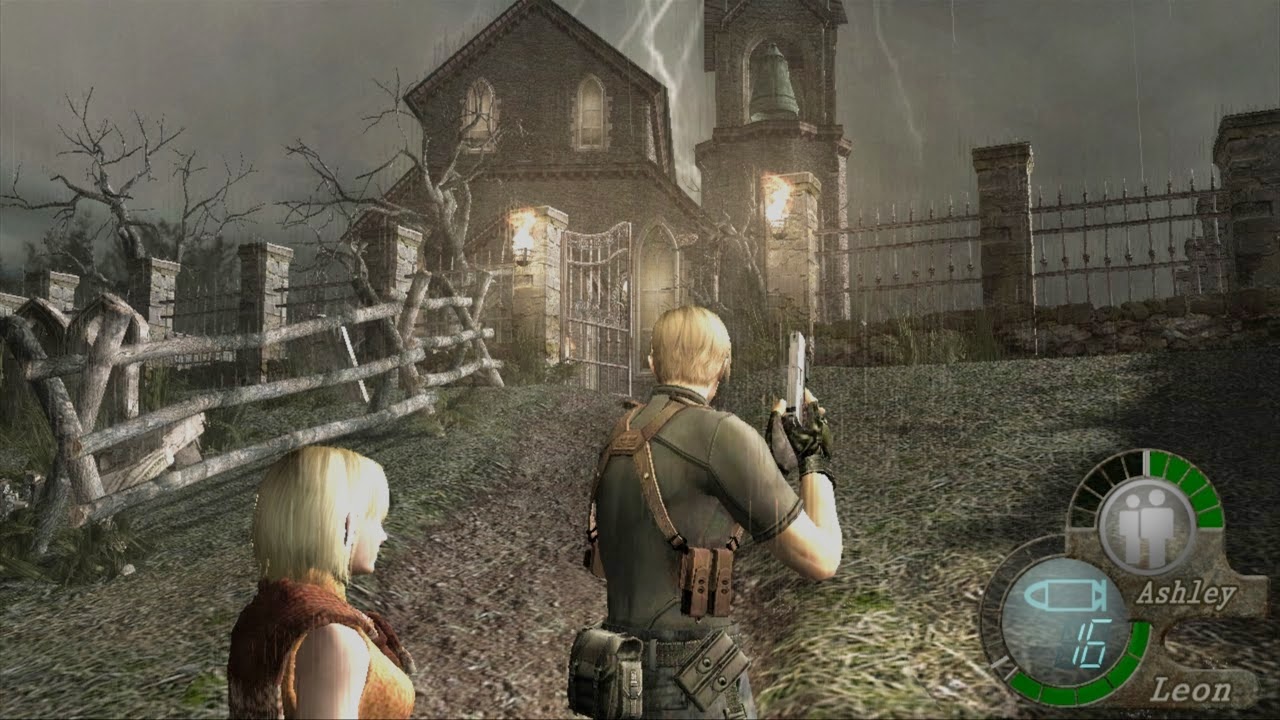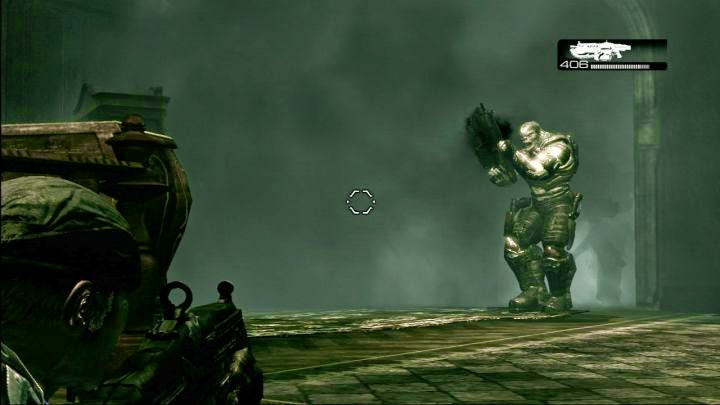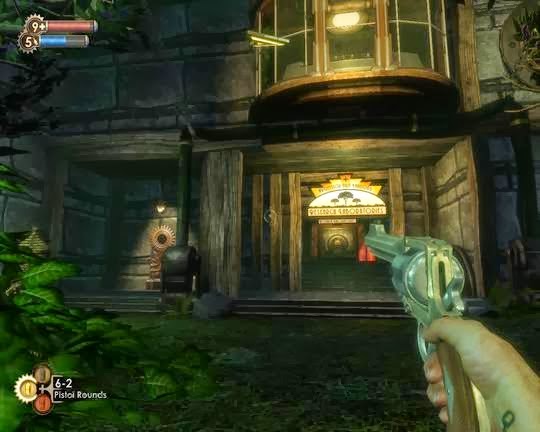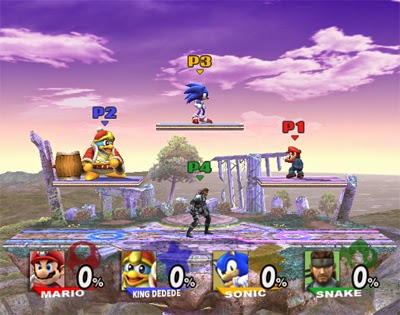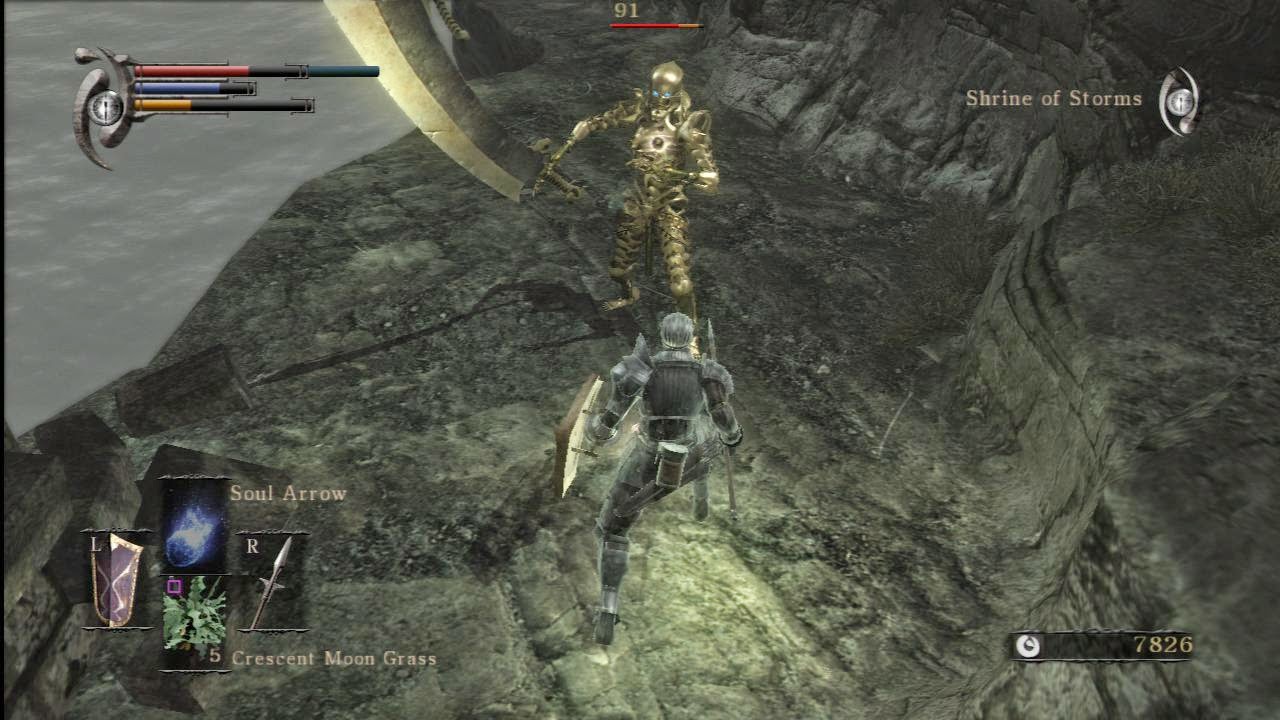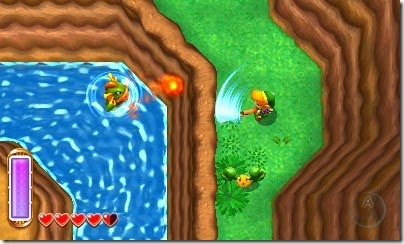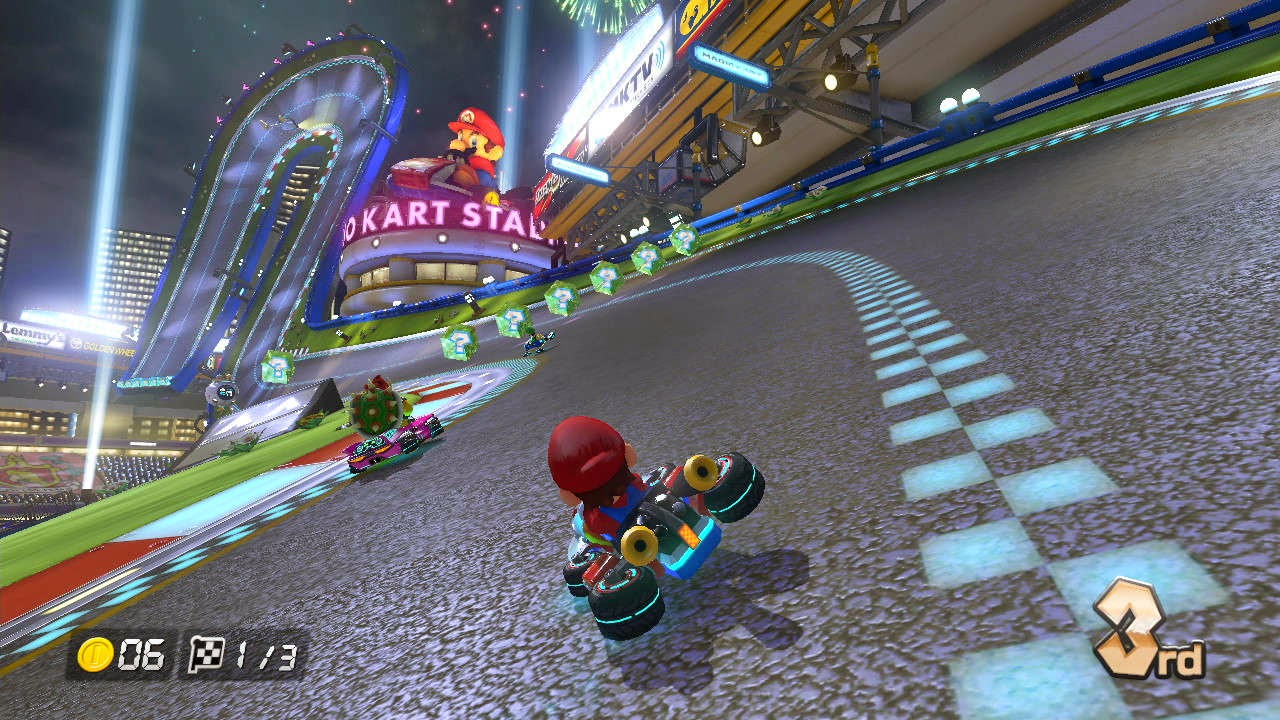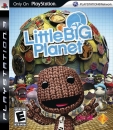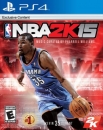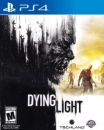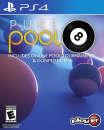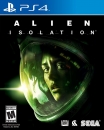Since 2014 is almost over, I thought it appropriate to take the opportunity to create a summary of the best games of the last 25 years, going back to 1990. Specifically, this is a list of the "game of the year" for each of the 25 years between 1990 and 2014. Studios around the world have created hundreds of amazing game experiences over the last two-and-a-half decades, but only one game per year can be the very best. These are those games.
Please enjoy, and happy holidays to everyone!
Note: all years are based on North American release dates.
1990
Super Mario Bros. 3
Developer: Nintendo R&D4
Release date: February 12, 1990
Although the Super Mario franchise had veered slightly off the road with Super Mario Bros. 2, it returned to form with Super Mario Bros. 3, arguably the best NES game ever made. Designed with the same platform elements typical of its predecessors, Super Mario Bros. 3 introduced several additions, including mini-games, many new power-ups (e.g., Tanooki Suit) and an overland map that allows players to select which levels to play and which to bypass.
1991
Super Mario World
Developer: Nintendo EAD
Release date: August 23, 1991
Like its immediate predecessors on the NES, Super Mario World is a platform game that demands its players jump, run, duck, and swim to survive hazards and enemies in each level. It retains the overland map of Super Mario Bros. 3, but makes the game world and the levels within that world much larger, more graphically detailed, and more diverse; ghost houses, fortresses, and castles dot the landscape. Super Mario World marks the first appearance of Yoshi, who would become one of Nintendo’s most famous mascots.
1992
The Legend of Zelda: A Link to the Past
Developer: Nintendo EAD
Release date: April 13, 1992
While not necessarily the greatest Zelda game ever developed, A Link to the Past is certainly the quintessential Zelda experience. It established many of the items, enemies, and tropes that appear in almost every Zelda game. The Master Sword, for example, first appears in A Link to the Past. The game also introduced to the series the idea of parallel or alternate dimensions, across which the hero can travel. This added a new (forgive the pun) dimension to puzzle-solving in The Legend of Zelda. Items and portals that appear in one universe may be manipulated to produce effects in a parallel universe.
1993
Shining Force: The Legacy of Great Intention
Developer: Climax Entertainment, Camelot Software Planning
Release date: July 1993
Why do RPGs always have the most awesome subtitles? March of the Black Queen, Person of Lordly Caliber, and of course The Legacy of Great Intention. Whatever The Legacy of Great Intention means, it's a terrific game, an influential turn-based strategy role-playing game, and one of the very best Sega Genesis titles. Players control a silent protagonist as he recruits a small army of fighters to push back against the evil Darksol who wants to conquer the world. Battles in Shining Force take place in square grids, on which players move units strategically to outflank and overcome opponents. There are over two dozen unique and colorful characters to recruit during the game, all of whom can be be promoted to a higher class.
1994
Final Fantasy III (VI)
Developer: Square
Release date: October 11, 1994
Many point to Final Fantasy VII as the ultimate Final Fantasy experience, but its older brother is a more complete game, and a better one. Epic in size and in scope, Final Fantasy III (Final Fantasy VI in Japan) features over a dozen playable characters, all of whom carry significant emotional baggage and who endure trials that range from rafting across raging rapids to, quite literally, the end of the world. There are several unique events in the game, including an opera, a dinner party, and a number of multi-party battles, which allow the player to divide his or her party into two or more battle groups in order to fight off a multi-party enemy.
1995
Chrono Trigger
Developer: Square
Release date: August 22, 1995
One of the most unique RPGs of the fourth generation, Chrono Trigger is an exceptional game with a deep combat system, unique characters, and a bewitching soundtrack. The combat system, with its "tech" attacks, double and triple techniques, and area-of-effect attacks (all of them gorgeously animated, by the way), is particularly impressive. Although the game is relatively short for a role-playing game, the inclusion of multiple endings affords the game a high replay value.
1996
Super Mario 64
Developer: Nintendo EAD
Release date: September 26, 1996
The finest example of the great migration from two-dimensional sprites to three-dimensional polygons, Super Mario 64 gave the platform genre unprecedented freedom of movement. It also introduced a revolutionary camera system that allowed players to manipulate the camera angles in the game. Set once again in the Mushroom Kingdom, Super Mario 64 sets Mario on a path to a final confrontation with his arch-enemy Bowser, who has once more captured Princess Toadstool. Super Mario 64 features fifteen diverse game environments and several hidden areas.
1997
GoldenEye 007
Developer: Rare
Release date: August 25, 1997
GoldenEye 007 ranks among games like Wolfenstein 3D, Doom, and Quake as one of the more important shooters ever made. Upon its arrival on N64 in 1997, GoldenEye proved two important things: one, that first-person shooters could survive, even thrive, on home consoles; and two, that they need not all be corridor shooters where players run from point A to point B, blasting everything in sight. In GoldenEye, stealth and strategy matter. Apart from its incredible and challenging single-player mode, which has tons of replay value, GoldenEye features a legendary split-screen multiplayer mode with customizable weapon sets and expertly-designed maps.
1998
The Legend of Zelda: Ocarina of Time
Developer: Nintendo EAD
Release date: November 23, 1998
Ocarina of Time is a masterpiece, the pinnacle of Nintendo creativity and ingenuity, and the benchmark against which all games -- past, present, and future -- must be judged. It pioneered innovations like z-targeting, auto-jump, and context sensitive buttons. It took existing game mechanics like horseback riding, fishing, and the realistic passage of time and wove them into the game narrative like never before. Truly, Ocarina has everything: a sweeping musical score for the ages; vast, fully-realized three-dimensional worlds; innovative and easy-to-use controls; an epic and emotionally engaging storyline; and gameplay so rich, varied, and engaging that it has no equal.
1999
SoulCalibur
Developer: Namco
Release date: September 9, 1999
Boasting incredible graphics, huge replay value, and a revolutionary "eight-way run" control scheme, SoulCalibur is one of the best fighting games ever made, a rare console port that outdoes the arcade original. Combat is strategic and intense, the characters are varied, and the action is silky smooth and beautiful to watch. One of the highlights of the game is "Missions Mode," a story mode of sorts where players can complete missions to earn points, which can then be used to unlock concept art and costumes.
2000
Deus Ex
Developer: Ion Storm
Release date: June 26, 2000
It's difficult to single out one thing that makes Deus Ex such a superior game because everything works together. Graphics and sound provide an appropriate sense of place and atmosphere, the story and characters provide meaning and direction, and the dynamic gameplay provides constant challenges. What might be Deus Ex's greatest strength is its level design. Each level is perfectly spaced and paced, whether it's UNATCO headquarters on Liberty Island or a night club in Paris.
2001
Halo: Combat Evolved
Developer: Bungie
Release date: November 15, 2001
There are only so many truly revolutionary titles in the history of video games. One such game is Halo: Combat Evolved. What did it achieve? Well, by providing the nascent Xbox with a "killer app," it secured Microsoft's spot in the gaming world. It also introduced features, control schemes, and themes that have, for better or for worse, infiltrated almost every mainstream first-person shooter since. And, lastly, it shifted first-person shooters away from computers and onto home consoles. So it's a hugely influential title, but it's also an amazingly great game, with superior graphics, a standout soundtrack, a well-written story, outstanding level design, and perfect gameplay.
2002
Metroid Prime
Developer: Retro Studios
Release date: November 17, 2002
When Metroid Prime was showcased by Nintendo at E3 2001, the reaction from fans and critics was mixed at best. Thankfully, Nintendo and Retro Studios (the new kid on the block) stayed the course, and released a game that somehow, miraculously, managed to transition Metroid from 2D to 3D and third-person to first-person all at once. The result is one of the best games of the sixth generation, and the start of a brilliant trilogy that would continue on GameCube and Wii.
2003
The Legend of Zelda: The Wind Waker
Developer: Nintendo EAD
Release date: March 24, 2003
Unfairly criticized for its cartoonish appearance, The Legend of Zelda: The Wind Waker features some of the most memorable and vibrant art direction of any Zelda adventure and boasts, without a doubt, the most visually expressive Link of any franchise game. Set on a huge, never-ending great sea, The Wind Waker is the story of Link’s quest to rescue his captured sister. Unlike other Zelda games, in which Link traveled by foot or on horseback, Wind Waker asks its players to navigate across the vast ocean in a small sailboat. Aside from its gorgeous cel-shaded graphics, the game boasts a terrific soundtrack and a deep, sometimes unpredictable story complete with several mid-game revelations and a truly shocking ending.
2004
Half-Life 2
Developer: Valve Corporation
Release date: November 16, 2004
In Half-Life 2 Gordon Freeman must use his weapons and his wits to, once again, save mankind, in this instance from alien overlords and their human collaborators. Boasting an incredible physics system -- in which objects and people obey the laws of gravity, friction and buoyancy -- remarkably sophisticated artificial intelligence, and superior graphics, Half-Life 2 is the very definition of next-generation. Half-Life 2 unfolds across several chapters, some of which involve the use of vehicles, some of which are heavy on problem-solving. The variety of gameplay experiences packed into Half-Life is remarkable.
2005
Resident Evil 4
Developer: Capcom
Release date: January 11, 2005
Before Resident Evil 4, the Resident Evil franchise had been one of the great video game series, and certainly the definitive survival horror series. With Resident Evil 4, it achieved new levels of greatness. Set in a rural village somewhere in Europe, Resident Evil 4 follows Leon S. Kennedy (one of two heroes from Resident Evil 2) in his search for the missing daughter of the American president. Capcom removed the fixed camera angles that had defined previous installments, and allowed the camera to follow Leon wherever he went. Thus RE4 became something of a survival-horror and third-person shooter hybrid, with some RPG elements thrown in for good measure. The game is thrilling, terrifying, and addictive, all at once.
2006
Gears of War
Developer: Epic Games
Release date: November 7, 2006
Third-person shooters tend to get overlooked in favor of their first-person cousins, but it’s difficult not to be impressed with a game as technically sound and exhilarating as Gears of War. Released roughly a year into the lifecycle of the Xbox 360, Gears of War was the first game to truly justify the purchase of Microsoft’s expensive hardware. It looks great, it sounds great, and, thanks to an intuitive cover system, it plays even better. Featuring a thrilling and demanding single-player campaign and plenty of multiplayer options, both cooperative and competitive, Gears of War stands today as, arguably, the best third-person shooter ever made.
2007
BioShock
Developer: 2K Boston (Irrational Games)
Release date: August 21, 2007
A spiritual successor to the System Shock games, BioShock honors its predecessors by cleverly merging multiple genres into an amazing game experience. While it's predominantly a first-person shooter, BioShock features elements of adventure games, role-playing games, and even horror games. It's a masterpiece of game design, and it plays very differently depending on the path the player chooses. It's difficult to elaborate on the game without giving away its many secrets, but suffice it to say that Irrational Games, who developed the game, created in BioShock one of the most unique and mesmerizing game settings of all time. From the very first moments of the game to its final frames, BioShock will steal you away to another world.
2008
Super Smash Bros. Brawl
Developer: Sora, Game Arts, Nintendo
Release date: March 9, 2008
Boasting a staggering amount of content, from its online and offline multiplayer modes to its "vault" to its suprisingly deep single-player campaign, Brawl is one of those rare games that can be played ad infinitum. The stage design in Brawl is inspired; its score, a greatest hits collection of thirty years of Nintendo music, is unmatched; and its fighting mechanics accessible enough for novices yet deep enough for veterans. Most importantly, the game is a joy to play, alone or with a group of friends.
2009
Demon's Souls
Developer: From Software
Release date: October 6, 2009
Set in a medieval kingdom ravaged by demons, Demon's Souls tasks players with exploring several diverse game environments, slaying terrible monsters, and collecting weapons, armor, items, and souls, the currency of the game. It all sounds typical of the genre, but the game is anything but typical. Employing a unique permadeath mechanic, whereby demon slayers who fall in battle are reduced to a weakened "soul form," and an asymmetrical online multiplayer mode, whereby other players can leave behind hints or invade others' worlds, Demon's Souls brings extraordinary features to a fairly common genre. Add to those some memorable music, spectacular level and enemy design, and a steep difficulty curve that makes victory all the more rewarding, and what's left is one of the very best games of the seventh generation.
2010
Super Mario Galaxy 2
Developer: Nintendo EAD
Release date: May 23, 2010
Three years after Nintendo EAD caught lightning in a bottle with the original Super Mario Galaxy, the studio returned with a sequel that manages to match, even surpass, the brilliance of the original. The sheer imagination on display in Super Mario Galaxy 2 is mind-boggling. It packs more ideas and mechanics into individual levels than some games do in their entirety. Super Mario Galaxy 2 might not be as revolutionary is its predecessor, but it's every bit as beautiful, creative, and fun.
2011
Portal 2
Developer: Valve Corporation
Release date: April 19, 2011
A significant upgrade from the first Portal game, Portal 2 is packed with more puzzles, more interesting and varied level design, and some of the funniest writing and voice acting of any video game, ever. Players will hop, skip, and jump through dozens of puzzling levels, using portals, blocks, and gels to move past seemingly impossible obstacles. Level and puzzle design is deliriously clever; single-player and co-op modes are addictive and fun; and the dialogue, humorously delivered by Ellen McLain, Stephen Merchant, and J.K. Simmons, is uproarious.
2012
Xenoblade Chronicles
Developer: Monolith Soft
Release date: April 6, 2012
With its challenging and deep battle system, its focus on exploration and character building, and its beautifully-realized game world, Xenoblade Chronicles is a RPG for the ages. When players aren't fighting off monsters and mechanical warriors with a combination of skills, arts, and ether attacks, they can take on hundreds of side quests, manage "affinity" levels among their party members and the general populations, and craft gems for weapons and armor. The huge amount of things to do, see, and discover in the world in Xenoblade is astonishing.
2013
The Legend of Zelda: A Link Between Worlds
Developer: Nintendo EAD
Release date: November 22, 2013
Despite sharing an overworld with its predecessor A Link to the Past, A Link Between Worlds represents a brand new Zelda experience. In the game, the hero Link boasts a new ability to transform into a two-dimensional painting to access hidden rooms, treasure, and a dark "mirror" version of Hyrule. Backed with fresh ideas, brilliant dungeons, and plenty of secrets, A Link Between Worlds is the best Zelda game in years.
2014
Mario Kart 8
Developer: Nintendo EAD
Release date: May 30, 2014
Where recent installments of the Mario Kart series felt, at times, like variations of a theme, Mario Kart 8 feels like a brand new game experience, built from the ground up. Sure, the battle mode is an afterthought, but it's small potatoes considering everything that's right with Mario Kart 8, including opulent visuals, an orchestral soundtrack (a first for Mario Kart), silky smooth online play, and imaginative tracks that rank among the best in the series.




















